During this holiday season, it’s so important to teach the real history of Thanksgiving for kids. It can be so tempting to go along with fun Pilgrim and Indian activities with family or at school. But when we advocate for an honest, rich, representative, and complete history of Thanksgiving, we prepare our children to be critical thinkers who are prepared to live inclusion in their own lives.
I hope this family Thanksgiving guide with resources for teaching and understanding the true history is helpful. It will allow your family to focus not just on truth, but also on the joy of indigenous communities and traditions through books, activities, videos, food, and more. I hope it helps you have a wonderful and just Thanksgiving season!
The Real History of Thanksgiving For Kids: Thanksgiving Resource Guide for Families
Featured Thanksgiving Book For Kids

We Are Grateful: Otsaliheliga by Traci Sorell (Author), Frane Lessac (Illustrator)
Available on Amazon, Bookshop, Target, Walmart (there’s a board book version now!)
Thanksgiving Book Read Aloud
Thanksgiving Book Author Discussions
We Are Grateful: Otsaliheliga Picture Book Discussion Questions
- Do you have any special traditions for holidays around food or clothing?
- What are some of those special foods you eat during different seasons?
- Do any animals ever join in on your family celebrations?
- What scents remind you of different seasons?
- What makes you feel grateful?
Other Thanksgiving Books for Kids: Thanksgiving Resources for Kids
Thanksgiving Facts: True Story of Thanksgiving for Kids
The real Thanksgiving story is very different from what many of us were taught in school. Here are some facts to help you navigate the story of the holiday in your family.
True History of Thanksgiving for Kids: Arrival of English Colonists
- In 1620, the Pilgrims arrived in Massachusetts. At that time, white colonists had already come and taken land from indigenous peoples. Colonists had also spread disease, which had killed many native peoples.
- When the Pilgrims arrived, they’d already endured a long and arduous journey. They were ill-prepared and lacked knowledge about their new climate and home.
- Because of their lack of preparation and knowledge, the colonists raided indigenous graves for corn and other supplies. They took food that native peoples had buried for later use, as well as treasures hidden amongst their dead.
- The area was not “discovered” by the colonists. In fact, just a few years before, the area had been filled with indigenous peoples living and farming. However, an epidemic had killed many natives, leaving room for the colonists to settle.
- The main indigenous tribe who interacted with the Pilgrims were the Wampanoag. They had their own government, religion, and culture, of which giving thanks was a major part.
- Tisquantum (Squanto) did interpret between the Wampanoag and the colonists as he had been kidnapped and enslaved in England as a young child and had thus learned English.
Real Thanksgiving History: the Wampanoag, Growing Crops, Trade, and the Feast
- The Wampanog were a nation made up of 69 villages in the areas of present-day Rhode Island and Massachusetts.
- The Wampanoag did help the English colonists learn how to farm the land and survive in their new environment. They did this largely because they wanted to forge an alliance with the colonists for trading purposes. The Wampanoag leader, Massasoit, wanted to strengthen his tribe against a stronger tribe, the Narragansett.
- At the time of the feast, the colonists were setting up a meal of thanks. This was a common practice in both cultures, so this was not the “first Thanksgiving.”
- Many indigenous tribes, including the Wampanoag, believed in a reciprocal relationship with nature. They believed that if they cared for nature and gave thanks for its bounty, they would continue to be blessed by it. They often celebrated their thanks with a feast and games. (The colonists were more likely to celebrate thanks with prayer and fasting.)
- The Wampanoag heard shooting (for the meal) and went to investigate. There was not enough food, so the Wampanoag killed 5 deer to add to the meal. We do not know the circumstances under which they ate together, if it was an invitation or simply a matter of convenience.
- The feast likely lasted about 3 days.
- There were more native people than colonists present at the feast. In fact, there were about 90 Wampanoag men and 52 English colonists.
- The peace treaty between the Wampanoag and the English colonists lasted about 50 years, after which it devolved into fighting and war.
Sources:
- National Museum of the American Indian: American Indian Perspectives on Thanksgiving
- National Geographic: A few things you (probably) don’t know about Thanksgiving
- The Truth About Thanksgiving
- First Name Basis Podcast: The Untold Story of Thanksgiving
- Smithsonian Mag: Everyone’s history matters: The Wampanoag Indian Thanksgiving story deserves to be known

Wampanoag Flag

Flag from HERE
Why Should I Learn the True History of Thanksgiving?
You might think, what’s the harm in sharing a happy story? Even if it’s not true, it’s a great metaphor for kindness and friendship, and befriending those who are different from us. Isn’t that what we all want?
Yes, it is, but it is dangerous to use false narratives to push this. When we celebrate the incorrect story of the “first Thanksgiving,” we are also celebrating all that colonists did to arrive and harm the indigenous peoples. When we ignore the true history, we ignore the fact that English settlers came and brought disease, took land, dug up graves, and later murdered indigenous people. By continuing to celebrate the Pilgrims, it makes it seem like colonization really wasn’t that bad, and that it wasn’t a big deal. But it was.
It’s a very sad history, and when we celebrate the feast, we also celebrate the Pilgrims who perpetuated a great deal of harm. We should remember that when celebrating the Pilgrims, we communicate that only white colonist history is important.
It is also important to be tribally specific. We should not talk about general “Indians,” as there are many different indigenous tribes with different cultural traditions. Whenever possible, we should use the specific names of tribes.
Learning about Thanksgiving as a day of mourning
That’s why it’s important to learn an accurate history of what happened in 1621. While some may feel they would still like to set aside a time of gratitude and family enjoyment, others may feel this to be a time of sadness that reminds them of oppression against them and their ancestors.
In fact, the National Day of Mourning is a protest organized by indigenous peoples in the Northeast United States against the past and continued suffering endured by Native peoples. When indigenous peoples express that it is hurtful to share a made up story, we should listen. For many, it feels like a celebration and feast in honor of genocide, and we should be wary of that.
Accurate Thanksgiving Activities: What Can I Do To Celebrate Thanksgiving?
It can be difficult to give up the Thanksgiving stories you once knew, along with the traditional school activities of dressing up as Pilgrims and Indians. However, remember that when celebrating a mythical version of the first Thanksgiving, we also celebrate colonists who brought a great deal of harm to indigenous peoples.
Instead, consider giving thanks and celebrating with your families with the following respectful Thanksgiving ideas:
Educate yourself and your family about the true history of Thanksgiving as well as harvest festivals through books, videos, and other materials that center indigenous perspectives
It’s important that we continue to seek out facts to learn truth concerning colonial US history. This packet I found on Teachers Pay Teachers is a wonderful way to engage young children in thinking about Thanksgiving.
Use this Harvest Ceremony study guide and learn more about how the Wamponoag celebrated. You can also read this article deconstructing Thanksgiving myths.
Listen to Giving Thanks: A Native American Good Morning Message
This message of peace and gratitude for the earth and everything in it has versions in a number of Native American cultures. You may also want to read this beautiful Haudenosaunee Thanksgiving Address. It’s one of my favorite family Thanksgiving ideas!
Make a list of things for which YOU are grateful.
We can all participate in feelings of gratitude. Have everyone in your family share something for which they are grateful, just as indigenous peoples do.
Read stories from indigenous voices and listen to indigenous joy.
Read indigenous texts, fiction and nonfiction. Avoid only reading about just what really happened in 1620. Instead, use this as an opportunity to learn more about different indigenous tribes and give them the honor and interest they deserve. Support indigenous authors and learn indigenous stories.
We can also listen to indigenous people’s perspectives on Thanksgiving and celebrating it. This article has has comments from across the spectrum.
Here’s a big list of inclusive Thanksgiving books, including a number of own voices books sharing indigenous stories. Here’s a video of one of my favorites, We Are Water Protectors, as read by the author!
Learn about corn and make a corn necklace.
Corn was incredibly important to indigenous populations. Many native communities show respect to this crop through dance and art. Make a corn necklace to remember its importance to the Wampanoag, and how they used it to help the colonists.
Materials:
Learn about Sarah Hale, the Mother of Thanksgiving.
While some communities celebrated giving thanks during harvest time for many years on and off, it was never a regular occurrence, and certainly not with the colonists and the natives coming together.
It was not until 1863 that Thanksgiving became an official national holiday. Sarah Hale, having written to many US Presidents to request the creation of the holiday, wrote to President Lincoln. A magazine editor and children’s book writer, she persisted for over 30 years in her quest to make Thanksgiving a national holiday.
Finally, President Lincoln, in an effort to unify a divided union during the Civil War, agreed to officially make Thanksgiving a holiday that would take place on the 4th Thursday of November.
You can read this wonderful children’s book about Sarah Hale!
Advocate for indigenous rights and land ownership.
There are a number of opportunities to advocate for indigenous communities. Thanksgiving is a perfect opportunity to place the focus back on them and their native lands.
You can support organizations like the American Indian Science and Engineering Society or the National Indian Child Care Association. Thanksgiving is a great opportunity to spend your privilege (a concept from Tiffany Jewell’s book This Book is Anti-Racist) by financially supporting Native communities as a minor reparation.
You can also look up what indigenous land you are using, and support organizations such as Land Rights Now that secure land rights of indigenous peoples.
Support indigenous-owned businesses.
There are lots of opportunities to support businesses with indigenous connections. Here are some Native-owned brands to support!
Share with your child’s teacher + help with a thankful program.
You can share accurate resources with your child’s teacher to ensure s/he is teaching truth in the classroom. If your child’s classroom is having a Thanksgiving celebration, you can contact the teacher to find out the content of the program.
You may feel free to share this resource with any teachers looking for ideas!
If your teacher is looking for something to do for a program to replace a Pilgrims and Indians dramatization, you can suggest putting together a thankful program. Children may work together in groups to recite a poem, do a dance, and more to share the things for which they are thankful. This may include a reading of the Thanksgiving address, or perhaps a picture book read aloud of an indigenous own voice book such as We Are Water Protectors or Fry Bread.
If you’d like a sample email to send to your child’s teacher, pop your email in below and it will come right to your inbox!
True Thanksgiving Story with Toddlers and Preschoolers
It can be tricky to navigate teaching accurate Thanksgiving history to little kids as there is quite a bit of violence and harm inherent in the history. Teaching incomplete histories about colonization can make it seem that colonization wasn’t that bad, or was maybe even beneficial to indigenous peoples. This is false.
Here are some basic facts that you can share with even young children:
Colonization Facts for Preschoolers
- Colonists came to America where indigenous peoples had already been living for thousands of years.
- Many indigenous people had gotten sick because of diseases brought there by people from Europe.
- Colonists left what is now Europe to look for a place where they could worship as they wanted, but believed that Christianity was the only valid religion. This is not true.
- The colonists took land that did not belong to them.
- Indigenous peoples helped the colonists survive, and they supported each other for some time.
- This did not last long, as the indigenous peoples and the colonists soon started fighting again, and the colonists took over more of the indigenous peoples’ land and resources.
- When we celebrate Thanksgiving, we can remember to use at as a time to help indigenous peoples who were hurt by and lost land and resources to colonists.
Harvest and Gratitude Lessons for Preschoolers
- The tribe that made a peace treaty with the colonists was the Wampanoag.
- It is very common for indigenous tribes to celebrate the harvest, as they were very good at using the land and also caring for it. The people and the land worked together!
- Indigenous peoples have many times during the year to give thanks. We can also give thanks! What are you thankful for?
- Many indigenous tribes honor the earth and a Creator as they remember all that they are thankful for.
- Indigenous peoples during the time and place of colonization often planted and discussed the “three sisters” – corn, beans, and squash. Do you like to eat any of these foods?
- Corn was especially important to indigenous peoples, including the Wampanoag. They had a sophisticated way of growing corn (maize) that sustained their families and communities!
- The indigenous peoples invented hundreds of ways to use corn! These included cornmeal for cornbread, corn syrup, corn pudding, weaving it into mats or baskets, fuel, and more.
- Let’s listen to a story by an indigenous author! The Navajo are another indigenous tribe – here’s a Navajo folktale.
Indigenous Recipe: Wampanoag Food: Nasaump
Nasaump is a traditional Wampanoag meal. It is a porridge made out of corn. You may top it with nuts and fruit, including cranberries. Here are several different traditional nasaump recipes!
Thanksgiving Writing Assignments: Thanksgiving for Kids Language Arts Activity
Gratitude Poem
Write all the letters of your name in a column going up and down. Write down one thing for which you are grateful that starts with each letter of your name!
Harvest Festivals Around the World
Jasmine of the amazing First Name Basis Podcast has created a free e-book called Harvest that discusses harvest festivals around the world – it’s a wonderful resource! Students may choose two different festivals and compare and contrast. What kinds of foods are common? How about colors, family celebrations, or other traditions?
Thanksgiving Mourning Writing Activity (Junior High & High School)
This activity from Teaching Tolerance has students read two texts from indigenous authors. One wrote a speech to introduce the Thanksgiving Mourning protests, and one is an indigenous woman who chooses to celebrate Thanksgiving as a form of healing. Read the texts and answer the included questions.
What should I do about the truth about Thanksgiving, especially if my ancestors were white colonists?
It can be really uncomfortable to confront truths in our own ancestral histories. And the point of this family guide to Thanksgiving is not to cause shame! Shame doesn’t help those who are harmed.
Instead, we should work to “spend our privilege” (again, a concept from Jewell’s book). This means we can use the privileges granted to us by centuries of oppression to indigenous peoples to support them in their work and move toward equity.
This could look like financially supporting indigenous creators (influencers, small shops, etc.), advocating for justice and land rights, or speaking out to friends and family. Here are a few indigenous-owned shops that sell blue corn items, handmade soap, candles, and here are more bath & beauty items and also art.
History of Thanksgiving for Kids Discussion Questions: Family Thanksgiving Ideas
- Is the version of the “first Thanksgiving” that is usually taught in school correct?
- Why do you think an incorrect version is often taught?
- When did Thanksgiving really start to be celebrated? Who helped it become a holiday?
- Do you think dressing up as Pilgrims and Indians is a good way to celebrate the holiday? What are some better things we can do?
- What are some of your family’s Thanksgiving traditions that focus on giving thanks instead of on inaccurate history?
- Did you know that some people protest Thanksgiving? What do you think about that?
- What are ways we can make sure our Thanksgiving celebrations promote healing rather than detract from it?
Can I Still Celebrate Thanksgiving?
The final question – can we still celebrate Thanksgiving? That’s really for you to decide. As we learned in the writing assignment from the two indigenous authors, even different native individuals will feel differently – indigenous people are not a monolith.
In the end, it’s truly up to you if you choose to teach an accurate history of Thanksgiving and use it as a day of mourning for the harm that took place, or a day to claim joy in moving forward and reclaiming lands.
Either way, I encourage you to learn and discuss. If you choose to celebrate, keep the focus on indigenous history and joy, gratitude, and family togetherness and friendship. And continue to advocate for indigenous rights.
Thanks for learning about this Thanksgiving history for kids with us!
We’ve loved putting together this resource with accurate Thanksgiving activities for kids. We’d love to hear if you do any of these activities!
We hope to inspire curiosity and connection through exploring and learning, and we hope this guide helps you and your families. Please share any activities you do with us over on our Instagram. And we’d be delighted if you passed this Thanksgiving with kids resource along to others, as well!
MORE POSTS
IF YOU LIKED THIS POST ABOUT THE REAL HISTORY OF THANKSGIVING FOR KIDS, YOU MIGHT LIKE THESE POSTS TOO:
- India Homeschooling Unit and Virtual Tour
- Diverse Global Picture Books for Kids
- 100+ Consumable Gifts for Kids
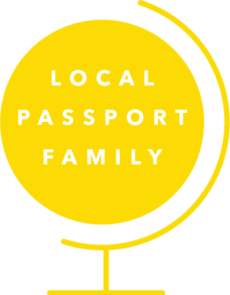
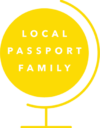
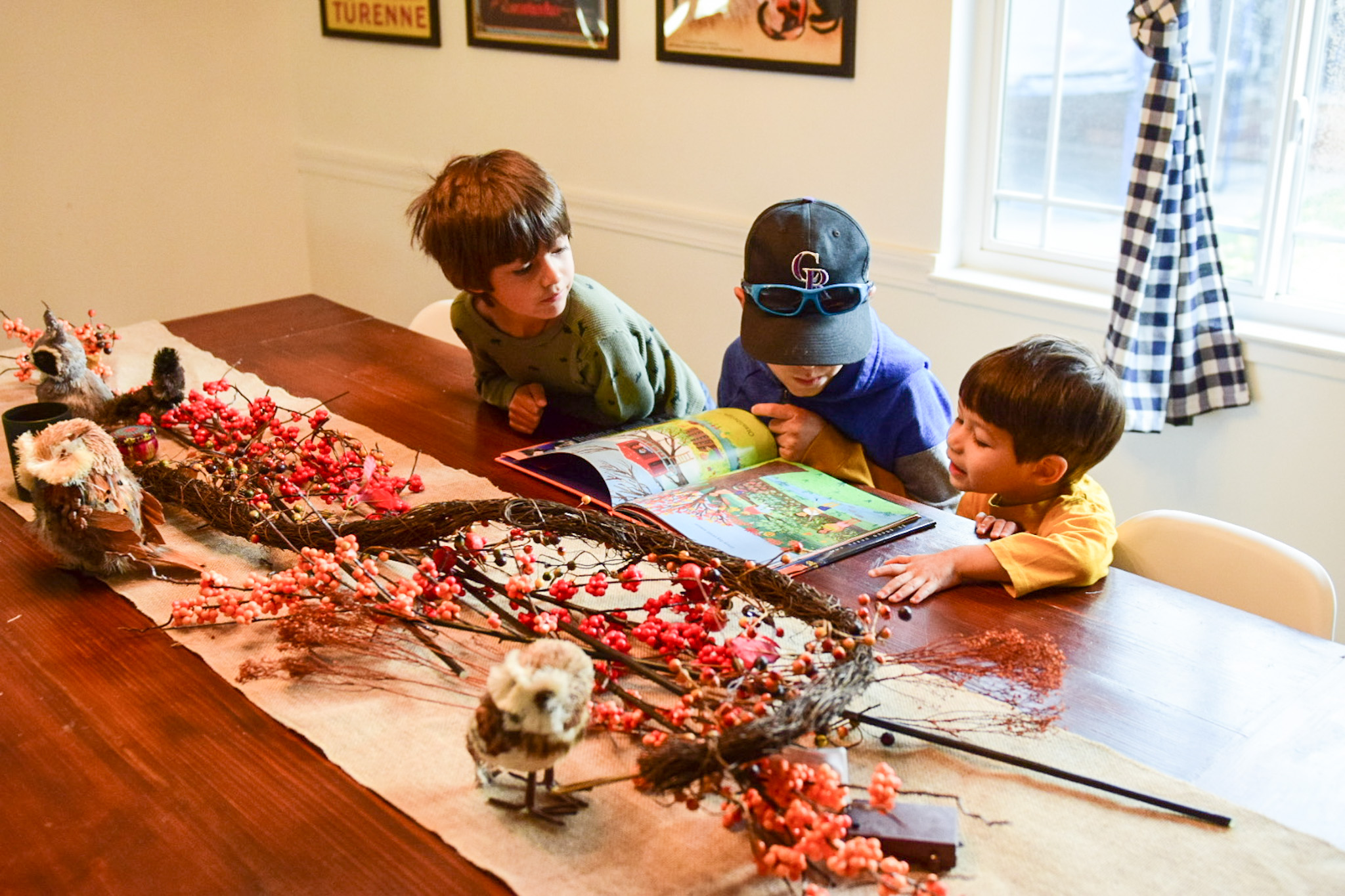







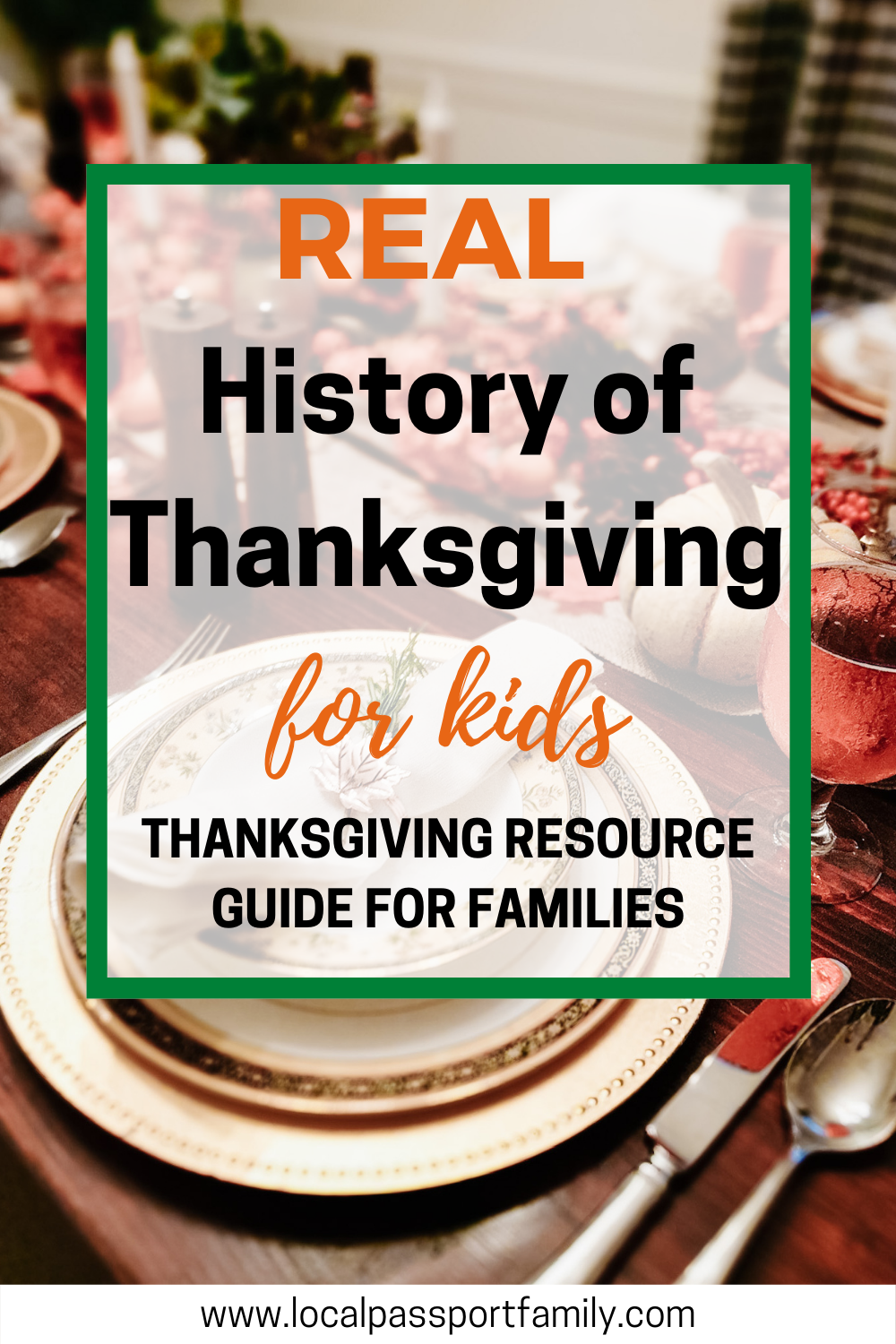
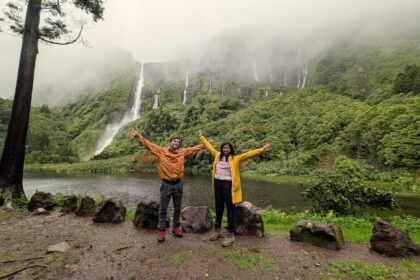
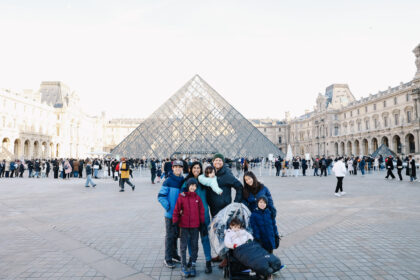
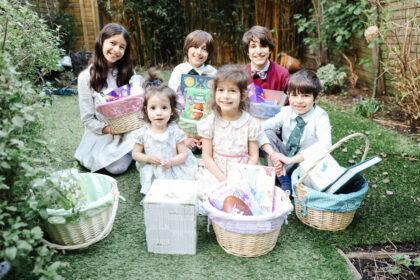
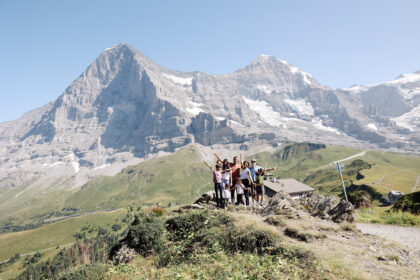
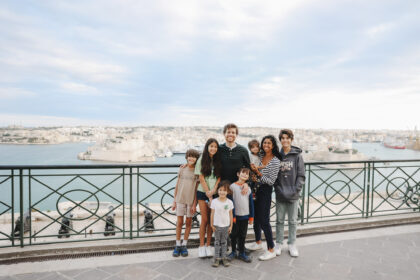
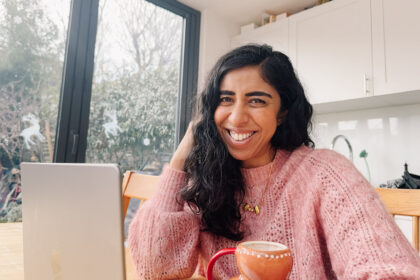
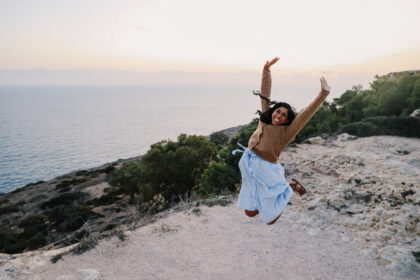
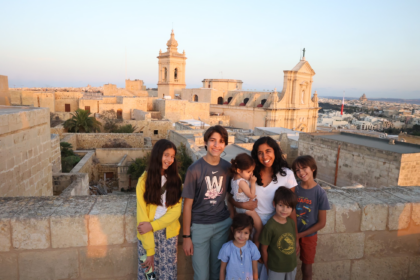

[…] The Real History of Thanksgiving: Thanksgiving Resource Guide for Families […]
[…] Real History of Thanksgiving for Kids […]
[…] The Real History of Thanksgiving for Kids […]
[…] The Real History of Thanksgiving for Kids […]
[…] Real History of Thanksgiving for Kids […]
[…] The Real History of Thanksgiving for Kids […]
[…] Real History of Thanksgiving for Kids […]
[…] Real History of Thanksgiving for Kids […]
[…] resource on the Real History of Thanksgiving for Kids has been a helpful starting point for […]
[…] this Thanksgiving lesson plan earlier this week from Native American Student Services. I also love this resource from Little Passports. And for the educators out there, here are a ton of great tips and resources […]
[…] for something we could use to educate the kids. It took at least an hour before I stumbled across this blog post, which led me to the above downloadable. The story cost $6 and is completely worth it. I highly […]
[…] on the 23rd, Thanksgiving weaves together history and heartfelt appreciation. In 1620, the Pilgrims met the Wampanoag tribe, emphasizing the […]
[…] on the 23rd, Thanksgiving weaves together history and heartfelt appreciation. In 1620, the Pilgrims met the Wampanoag tribe, emphasizing the […]
[…] is a tapestry woven with history and heartfelt appreciation. Back in 1620, the Pilgrims forged a connection with the Wampanoag […]
[…] Columbia, MD, Thanksgiving is more than a feast; it’s a tribute to history and gratitude. In 1620, the Pilgrims and the Wampanoag tribe shared wisdom, emphasizing the bond with nature. President […]
[…] and heartfelt appreciation. As the holiday season approaches, it’s vital to grasp the authentic roots of this cherished […]
[…] and heartfelt appreciation. As the holiday season approaches, it’s vital to grasp the authentic roots of this cherished […]
[…] is a tapestry woven with history and heartfelt appreciation. Back in 1620, the Pilgrims forged a connection with the Wampanoag […]
[…] history and heartfelt appreciation. As the holiday season approaches, it’s vital to grasp the authentic roots of this cherished […]
[…] history and heartfelt appreciation. As the holiday season approaches, it’s vital to grasp the authentic roots of this cherished […]
[…] Preethi. (n.d.) The real history of Thanksgiving for kids: Thanksgiving resource guide for families. Local Passport Family. https://www.localpassportfamily.com/2020/11/the-real-history-of-thanksgiving-for-kids-thanksgiving-r… […]